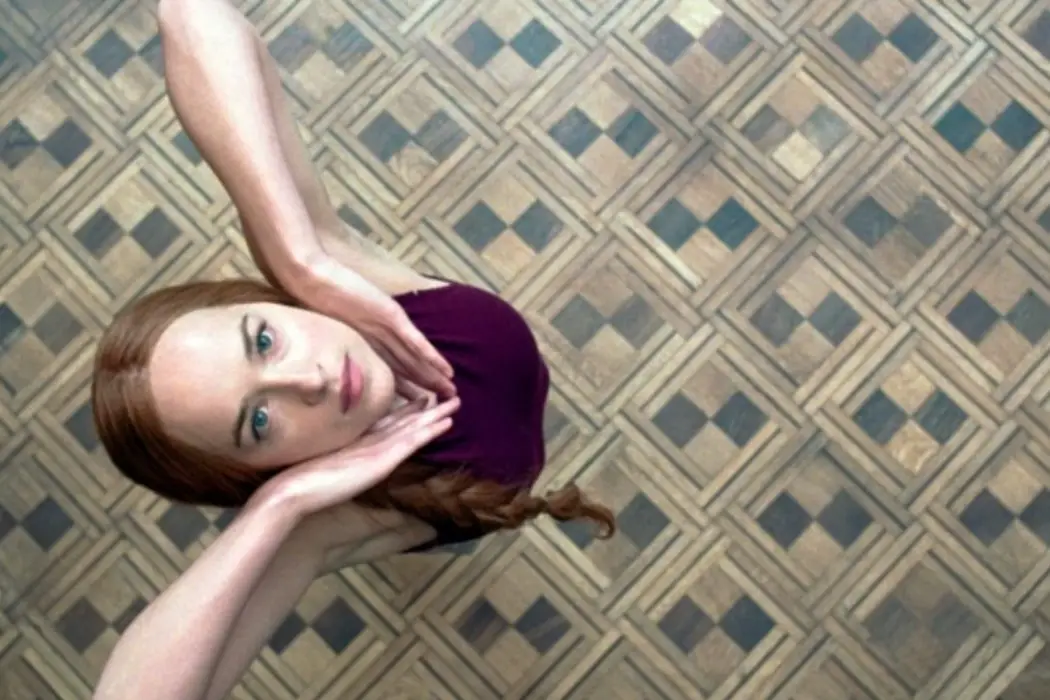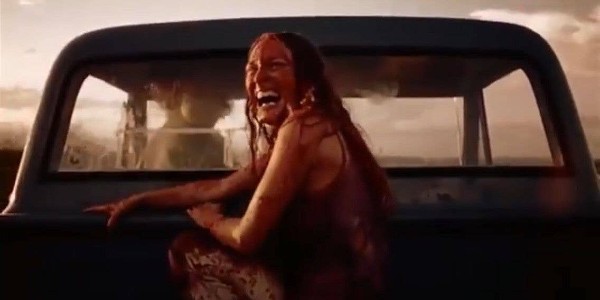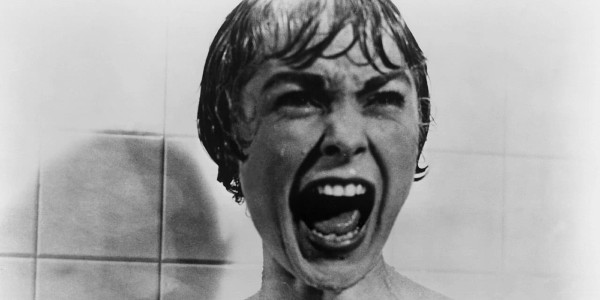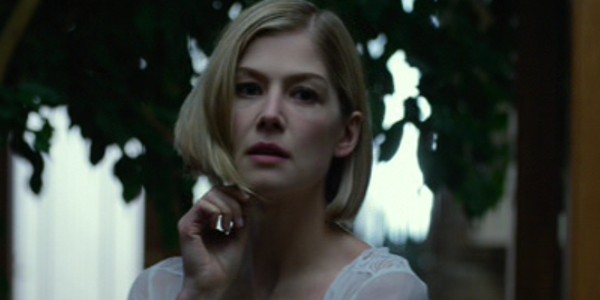Blood and Wine: Unbridled Female Rage in Horror Films

Lee is a filmmaker and writer, currently juggling university and…
The role of women within the horror genre has been in a constant state of flux from its very fruition: early films, such as Dracula (1931) and Psycho (1960), featured satanic entities and murderers, while contemporary takes, like Paranormal Activity (2011) and Scream (1996), brought imagined hauntings and slasher films into the mix. However, all of these films, with their variation across villains, protagonists, and mythologies, featured one thing in common: women. Women screaming and running away from various horrors, tortured women, women being murdered in any manner of gruesome ending. Women, essentially, as victims.
The Final Girl
Since the very creation of the horror genre, women have been the victims of any carnage they end up facing, be it man or myth. In fact, horror has developed its own set of subgenres and tropes that thrive off the very pain and suffering of women. Slasher horror is known, generally, for its throes of female characters (often young and doe-eyed) who are forced to experience inexplicable horrors at the hands of a slasher villain for, usually, no reason whatsoever. The Final Girl trope is a creation of this subgenre, where the last girl left alive is forced to confront the killer. Whether or not she ‘wins’, she is left with survivor’s guilt, from the trauma of watching her loved ones being murdered in front of her. This trope stems from the more widely-used concept of the damsel in distress, where the female characters fall subject to evil, and need to be saved (usually by a male character).
The important thing to remember about these films is that the women almost never do a thing to antagonize the killer. They don’t usually share a past with the killer, provoke them, or try to harm them. Often, they are simply walking alone at night, having sex, hanging out with their friends, doing any sort of normal activity. And then the music swells, the lighting dims, and the audience becomes an unwitting voyeur, forced to witness the violent death of a woman whose only crime was simply being. The film often plays out in a way that forces the female characters to get naked (for no evident plot advancement), scream prettily, and splay out in a sensually-bloodied manner after the fact.
Yet, there is an argument to be made that this was the real show that people were here for all along. We watch women being chopped into pieces, slashed, suffocated, mutilated. We know it is not real, but sometimes, we even pay for the experience. Call it morbid curiosity or a fascination with the macabre, but at its bare-bones, it is a fascination with the destruction of the feminine, which we ostensibly associate with innocence and purity. Why is it that our society is so in love with the idea of breaking women down?
The Texas Chainsaw Massacre (1974) is a prime example of this, being the film that unofficially ‘founded’ the slasher genre we all recognize today. The movie follows a group of teenagers (another commonly-targeted demographic in the horror genre) who are attacked by a family of cannibals, while on a trip. The main character, Sally (Marilyn Burns), is forced to watch her friends and brother fall victim to the cannibals, while narrowly escaping herself. The last shot of the film, with Sally getting away in a passing pickup truck, laughing hysterically, has ingrained itself in film lore. This has been widely credited with one of the first cinematic portrayals of the Final Girl.

The Final Girl trope itself is not an abomination on feminism in film by any means whatsoever, but it is only a mere step away from having women as victims to the killer. Their implied survival might come at the end of the film, but we never get to see any redemption or healing. All we can really assume is that they live on, haunted by what has happened to them. In this psychological sense, they are still very much victims, even if they have their lives.
Victim or Villain?
Outside of rape-revenge thrillers (which come with their own special brand of misogynistic ideals) and the trope of the seductress, the idea of women as the villains in horror films was scarce at best for the majority of film history. Although in films like Psycho (1960), we see women committing criminal activity and perpetrating the horrendous onscreen happenings, the action itself is still explicitly carried out by the men within the film. In the case of Psycho, this would include the killing of the main character, Marion Crane (Janet Leigh), in the infamous shower scene.

However, in recent years, we have been able to witness a near-Renaissance in the role of women on the screen, and in few genres more so than horror. While earlier films utilized female sexuality and being in their victims’ deaths (or trauma, in the case of the Final Girl), more modern horror and thriller films have begun seeing female characters in a much different role: that of the villain.
From the bloodied prom night in Carrie (1976) to Dakota Johnson‘s witch-dancer-MotherofallHell portrayal of Susie Bannion in Suspiria (2018), there has been an emergence of female rage and anger being portrayed on film, in a very new way. Women being wronged, abused, and hurt, only to come out with a hidden card and unleash their building carnage, without a care, and often on the male characters within the work. Like their male counterparts, this villainy comes with a variety of methods and reasons, from giving up one’s soul to the devil, to simply being bored. Even their very villainy comes about in multidimensional ways, but often with severe dwellings underneath their poise and violence.
Part of the appeal of this rage is that it is something so seldom depicted onscreen. Women are expected to be dainty, quiet, and feminine if shaving commercials and romantic comedies have taught us anything. So to see them thrashing about, overtaken by physical demons or pure anger, often covered in blood or in the process of being so? To witness their hands doing the killing rather than being at the killers’ hands, and to see little to no remorse for it? Many women have found solace in these characters, of women unabashedly angry and committing acts of unspeakable rage. While society has become used to seeing women as the victims of monstrous acts onscreen, it is still a very new thing to see women as the perpetrators. It sends a clear message: you don’t know what we are capable of.
It’s addicting.
Looking Forward
At its very core, the rage portrayed by these works is a consequence of in-film misogyny, and it is this very fact that makes female rage in film so universally adored by women worldwide. The woman is wronged, by society, by those around her, by men. She is failed. And it does not ask, “Why?” It goes to the most extreme reaction and never demands a justification. Gone Girl‘s Amy Dunne (Rosamund Pike) said it best: “He took and took from me until I no longer existed. That’s murder.” By committing a (much more ‘real’) murder, she is simply retaliating. He hurt her, is she wrong to hurt him back? It reaches across the screen, to hurt women everywhere, and shows us what it might look like if we weren’t taught to bury it quietly.

Now that is not to say that modern depictions of female rage are all feminist masterpieces, devoid of criticism. In 2010’s Black Swan, Nina Sayer’s (Natalie Portman) bulimia and struggle with OCD are subtly poked at, but never truly explored the same way her kiss scene with Mila Kunis was, and Suspiria itself featured seldom a face that was without thinness or whiteness. But it is a start, and more hopeful depictions show themselves near-daily, through works such as A Girl Walks Home Alone at Night (Ana Lily Amanpour) and Julia Decournou‘s Raw, all works created by women, across geography, time, and space.
Now, don’t get me wrong. It’s fantastic to see more women leading characters, whether or not the villainy is as deliciously executed as it is in horror. However, we’re still following a pattern of the cis, skinny, white woman being the star of the show. It’s easy to market your villains when they are attractive, but it’s time we see rage pushed even further, to the point where it cannot be prettied down and whittled into something to be desired. I’m excited for the day we can show rage in all its ugliness.
Does content like this matter to you?
Become a Member and support film journalism. Unlock access to all of Film Inquiry`s great articles. Join a community of like-minded readers who are passionate about cinema - get access to our private members Network, give back to independent filmmakers, and more.
Lee is a filmmaker and writer, currently juggling university and their own projects.













